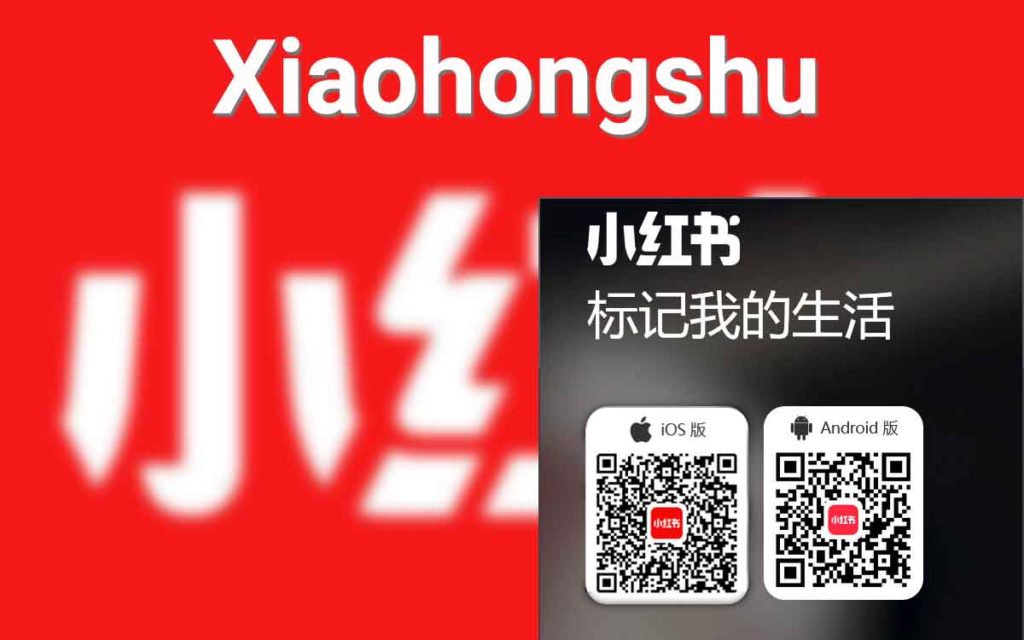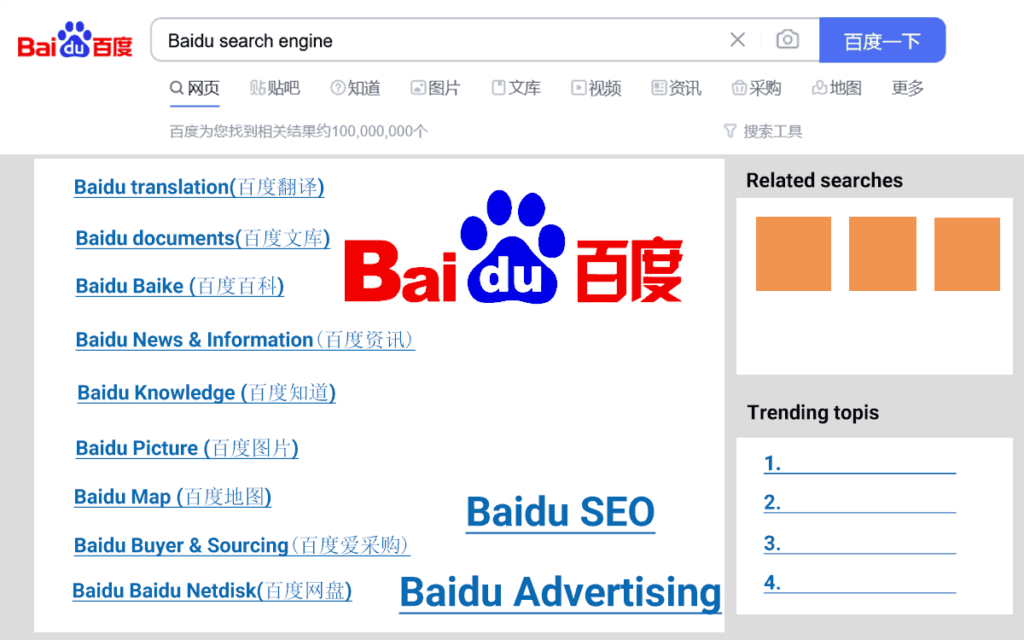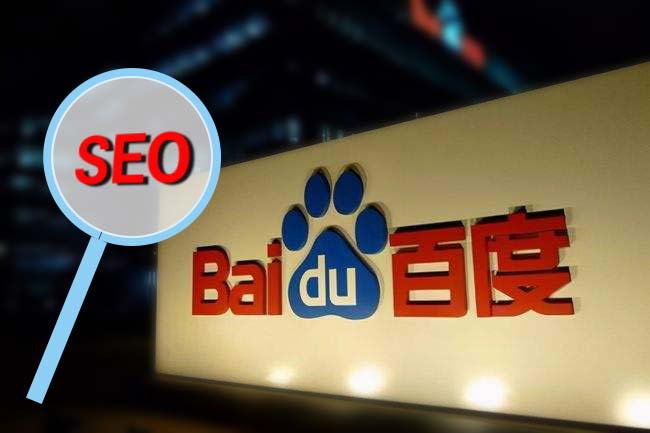With the explosive popularity of short videos, many short video platforms are experiencing rapid development. Although Douyin and Kuaishou are the two mainstream platforms for short videos, they also have essential differences in their product positioning, user groups, video styles, and monetization models. Therefore, advertisers need to understand the characteristics of these two platforms to better advertise or promote their products or services on them.

Table of contents

Since July 2013, Kuaishou, previously known as “GIF Kuaishou,” has transformed from a tool to a short video community, opening up a new pattern for short video platforms. By 2020, the saying “Kuaishou in the north, Douyin in the south” had become widely spread among the Chinese people, reflecting the two patterns in the domestic short video field. This article will analyze the reasons for the rise of short video platforms from the perspectives of the market, users, and products based on data. So what are the differences between Douyin and Kuaishou?
Differences between Douyin and Kuaishou
I. Different video styles
Kuaishou: The video style is grounded in reality, and the content mainly records daily life. Content creators are mainly ordinary people who are closely related to life, with strong social attributes. Long-tail users’ videos have more exposure opportunities. Kuaishou’s decentralized positioning helps diversify video content and makes it easy for viewers to resonate, forming a sense of identification and strong community cohesion.
Douyin: The video content is more trendy and personalized. The beauty filters, funny stickers, and VR special effects of Douyin, combined with “magical” and catchy high-paced music, make it more characteristic of “trendiness” and “personalization”. Douyin’s centralized positioning makes the popular content highly similar and repetitive, and viewers only pay attention to a few KOLs, with weak interconnections between users.
II. Different UI design
Douyin and Kuaishou have distinct differences in their UI design. Douyin’s interface is more polished and visually appealing, with a focus on highlighting popular videos and trending topics.
The videos are presented as “waterfall flow feed”. Users scrolling up and down to go to next or go back to the videos.

While Kuaishou, has a more utilitarian design that prioritizes ease of use and quick access to features.
Additionally, Kuaishou’s UI tends to feature more text and buttons, while Douyin leans towards using more icons and visual cues. Overall, both platforms have unique UI designs that cater to their respective user bases and content types.
III. Different user base
Kuaishou: The target users are mostly third- and fourth-tier and rural users. Kuaishou users are mainly concentrated in the 25-34 age group, with the 25-34 age group having the most users. Accounting for 43% of the total number of users.
The male-to-female user ratio on Kuaishou is relatively balanced. With female users accounting for 57.8% and male users accounting for 42.2%.
In terms of education level, Kuaishou users are relatively evenly distributed. With high school and above users accounting for the highest proportion, 32.8% and 31.9% respectively. And generally having a low level of education.
Douyin: The target users are mostly first- and second-tier and young users born in 1995 and after. Douyin users are mainly concentrated in the 19-24 age group, accounting for 40% of the total number of users.
In terms of gender, female users have a higher proportion, reaching 66%, while male users account for only 34%. Douyin users have higher income and education levels, with a strong consumption capacity.
Ⅳ. Different monetization models
Kuaishou: It relies on live streaming revenue and has emerged as a rising star in the live streaming industry by redirecting traffic from short video content and providing more life-oriented content.
Douyin: It relies on traffic monetization and has a vast user base and an algorithm-based recommendation system to promote products and services. Douyin has one-stop marketing tools to monetize, from getting targeted audience to encourage them to order and made the payment.
Ⅴ. Different Operational Directions
Kuaishou “goes left” – for self-expression.
While Douyin “goes right” – for entertainment consumption.
Kuaishou mainly focuses on self-expression and socializing. Many people share their social life on Kuaishou, and the company says it wants to be China’s version of Instagram. Douyin also claims the same, but which one is closer to it?
In fact, Douyin is relatively far from Instagram because it is more like Weibo. Most of the high-quality content producers are also consumers, making Douyin a very good dividend pool.
Douyin and Kuaishou have 50% overlap in users, but also 50% non-overlapping users. Kuaishou has more users in lower-tier cities (China rural), while Douyin is more popular in higher-tier cities.
In terms of product features, Kuaishou distributes its content mainly in the “following” and “local” sections, while Douyin distributes content in the “popular” and “discover” sections. Therefore, Douyin can reach more people and increase its target audience.
That’s why we often see people on everywhere, like on subways or in restaurants, watching Douyin instead of Kuaishou.
Douyin Advertising Vs Kuaishou Advertising
Douyin advertising focuses more on brand marketing. With a wide range of ad formats including in-feed videos, branded effects, and challenges that encourage user engagement. And Douyin has a larger user base in urban areas and among younger age groups, making it a popular choice for brands targeting these demographics.
On the other hand, Kuaishou advertising focuses more on performance-based marketing, such as driving app downloads or e-commerce conversions. Kuaishou has a larger user base in lower-tier cities and rural areas, making it a popular choice for brands targeting these demographics.
In terms of ad pricing, Douyin generally has higher ad rates due to its larger user base and popularity among urban youth, while Kuaishou tends to have lower ad rates due to its user base being more dispersed across rural areas.
Ultimately, the choice between Douyin and Kuaishou for advertising will depend on a brand’s target audience and advertising objectives.
Ads formats – Douyin
Douyin offers several types of ads formats to help businesses reach their target audience. Here are some of the most common Douyin ads forms:
- In-Feed Ads:
These ads appear in the Douyin feed as users scroll through the app. In-feed ads can be videos or images, and users can interact with them by liking, sharing, or commenting. - Top View Ads:
Ads are displayed when users first open the Douyin app. They are full-screen video ads that can last up to 60 seconds and are autoplayed without sound. Users can interact with the ad by tapping on it to enable sound or swiping to view the next video. - Brand Takeover Ads:
These are full-screen ads that appear when users first open the app. They can include a 3-5 second static image or a 5-60 second video. These ads can also include links to the advertiser’s website or a specific Douyin page. - Hashtag Challenge Ads:
This type of ad invites users to participate in a branded challenge or contest. Advertisers create a hashtag and challenge users to create and share their own videos using the hashtag. Users can then browse and engage with other users’ videos. - Search Ads: When uses search for products or services the Ads will present on the search results.
- Branded Effects:
Advertisers can create custom AR (augmented reality) effects, filters, and stickers that users can add to their videos. These effects are branded and can be used to promote a product or campaign. - Douyin e-Commerce Ads:
These ads allow advertisers to link their products directly to their Douyin store, making it easy for users to purchase products without leaving the app.
Ads formats – Kuaishou
As for Kuaishou Ads format, are little bit similar to Douyin Ads format. It provides ads format like.
- In-Feed Ads:
Similar to Douyin, Kuaishou also offers in-feed ads that appear between user-generated content on the app’s main feed. Advertisers can create short videos or images with accompanying captions and links to promote their products or services. - Brand Takeover Ads: This ad format allows brands to take over the Kuaishou app’s main screen for a day and display a full-screen image or a 5-10 second video as soon as the user opens the app. This format offers high visibility and can be particularly effective for building brand awareness.
- Topview Ads:
Similar to Brand Takeover Ads, Topview Ads are full-screen video ads that appear as soon as the user opens the app, but with the added option of being a 60-second video. Brands can also include interactive elements, such as swiping up to visit a website or to follow a brand account. - Live Stream Ads:
Kuaishou also offers ads within live streams, which can be sponsored by brands. These ads can take the form of banners, full-screen images, or short videos that appear at strategic points during the stream. - Search Ads: When uses search for products or services the Ads will present on the search results.
- Interactive Ads:
This ad format allows brands to create interactive ads that engage users and encourage them to interact with the brand’s products or services. For example, brands can create “shake to win” campaigns or “swipe to see more” ads that encourage users to interact with their content.
In addition to the paid advertising, there are other promotion way you should keep an eye on. That’s livestream and high-quality content to gain organic traffic, organic views.
However, if you’re foreigners and do not familiar with Chinese social media marketing. You probably need someone’s help. Someone live in mainland China, expert in Chinese social media marketing and Chinese e-commerce.
We are a team based on Guangzhou, Shenzhen, Hongkong, If you need help with your online business in China or marketing your products or services. We’re looking forward to hearing from you.








